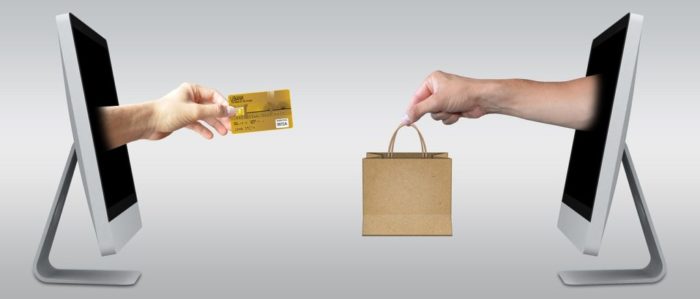You already know how important is to preserve the satisfaction of a customer, and this satisfaction without any doubt goes through the service. When a customer buys something on your shop – whether on a virtual store or a physical store they expect that all the problems they face after the purchase are resolved quickly and efficiently. To ensure that this expectation will be answered, you need an excellent help desk.
The Expectation of a customer
It is illusion to believe that customers go to your retail just because they have the best prices or products.
Currently, most brands are present in many retail stores, to increase themselves. Therefore, the same product that a customer finds in your store, he also finds in the concurrent.
Besides that, with the high competition in the market, prices and payment terms are totally changeable. Right now, it may be that one of your competitors do some “super promotion”, offering discounts to overcome your store.
If these are not the weighing factors in the customer’s decision, then what is it? The answer is, in large part, on customer service.
How many times have you heard someone say (or do you even said) that would never return to a store, after having a negative experience of customer service?
When a customer buys a product, he already has some expectation of problems. It may be that the item is damaged with missing parts, that it is not exactly like the advertisement, or simply that it does not fully meet your needs. All this is already, to some extent, expected. So the customer wants to do business with a retailer that offers a good resolution to all of these problems.
In short, what really bothers the customer is not the problem itself, but the store’s apparent inability to solve the problem.
That’s where the help desk comes in.
Good and bad help desk in retail
The good help desk is one that is focused on the customer. In practice, this translates into a search for agility and efficiency. This is the minimum expected, although, in fact, the consumer is much more demanding than that. He wants personalized service and, above all, humanized.
Meanwhile, the bad help desk is one who:
applies phrases made of customer appreciation, without converting them into actions;
prioritizes procedures, not results;
“Pushes” the problem to other areas, rather than actively seeking the resolution of requests received;
treats all customers as if they were the same person, without taking into account the particularities of each case.
In the retail sector, the concern with the speed increases. The majority of care in this type of company involve a situation in which the customer has already bought and paid for a product, but for some problem, is unable to take advantage of it. It is natural that he feels prejudiced; and, the more your company takes to close the case, but this negative feeling is strengthened.
Help desk for offline vs. online retail
At this point, you may be wondering if there are differences between the help desk in the case of an offline retail (physical stores) and an online retail (e-commerce). The answer is yes, and these differences start from the customer relationship model in each of them.
In the physical store, there is greater customer trust with the company, thanks to the simple fact that the contact is direct. The customer enters his building, he sees the product before buying, he talks to the seller. At the very least, he knows the store actually exists. So when he looks for the help desk, it’s with some assurance that the problem will have to be solved. This, of course, greatly facilitates the service to this client, who is more open.
Meanwhile, in the case of an e-commerce, the entire relationship that the customer built with the store went through the internet. There was no right contact. If your store is not part of a large retail group, and it is the first time the customer is shopping with you, he will probably have “a foot behind”. When facing a problem, this event will only strengthen its defensive position. Therefore, when looking for the help desk, this will be a more complex customer service.
In this sense, an online retail help desk needs to develop even better quality care than its offline competitor. This is how you can ensure that even when facing some difficulty in the shopping experience, the customer will not lose confidence in your store.
Ensuring a high standard help desk
If you’ve already convinced yourself of the importance of the help desk for retail, you’re probably wondering how you can develop this activity with quality.
There are many ways to ensure a high-standard help desk.
It can be said that everything starts by developing in the company a culture of customer appreciation, without which it is impossible to have a service that meets the expectations of the modern consumer. It is also worth emphasizing the role of the team’s formation, from the elaboration of a rigorous selection process to the establishment of professional training and retraining policies.
However, one of the most important elements may be the use of good tools to help the day-to-day care. An example of a tool is the SSC, that is, Shared Services Center. This tool allows centralizing information that is necessary for service, ensuring greater agility and efficiency. In addition, it also allows for organizing and monitoring care through reports to identify opportunities for improvement.
Milldesk, for example, has a solution in SSC that you can apply to your retailer to obtain superior results in help desk. The system is entirely web, turning the implementation much easier. And it can still be configured to adapt to the specific needs of your business, whether it is a physical store or e-commerce.
In this post, we explore the importance of the help desk for offline and online retail, we talk about good and bad practices, and we present a tool that you need to adopt in your company: SSC.
Want to know more about care? Follow the Milldesk blog!
Enjoy also to enjoy our Facebook or check our channel on YouTube!


